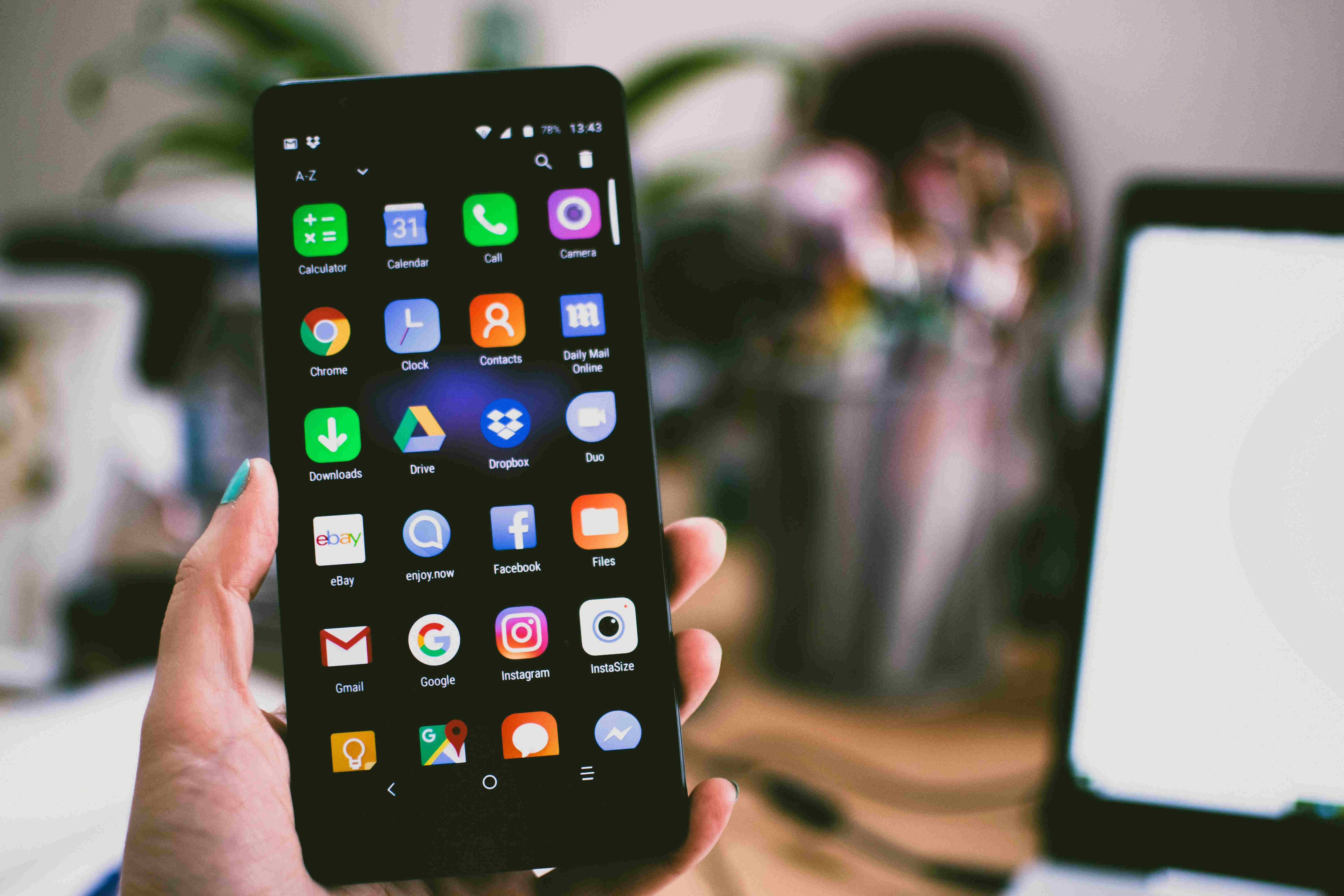The search for frictionless security has come to its peak in an era of widespread cyber attacks and clunky authentication protocols. Meet passkeys, the game-changing solution that will transform how individuals and businesses weigh and protect information.
By replacing old-school password-based systems with biometrics and cryptographic keys, this technology is not an evolution, it’s a revolution in access management.
For organizations and individuals alike, the shift toward passwordless authentication signals a future where security and simplicity coexist without compromise.

The Password Conundrum: Why Legacy Systems Are Failing
Passwords have been the foundation of online security for decades. Their disadvantages are obvious, however: They’re simple to phish, reused constantly, and expensive to manage.
More than 80% of breaches can be attributed to stolen or stolen credentials in Verizon’s 2023 Data Breach Investigations Report.
The issue isn’t just malicious intent, human nature is involved here.
Users opt for weak, easy-to-recall passwords that introduce weaknesses MFA can’t completely address. Meanwhile, IT teams drown in reset requests and breach remediation, draining resources and stifling productivity.
Legacy MFA solutions are secure but frictional. SMS and email one-time codes can be intercepted, and physical security keys need special hardware. The outcome? A disjointed user experience that deterrs adoption.
Google Passkeys: Reinventing Authentication from the Ground Up
Google passkey removes these pain points using FIDO2 standards and public-key cryptography.
How? When you set up a passkey, your device creates a one-time cryptographic key pair. The public key is stored by the service provider (in this case, Google), but the private key never leaves your device’s boundaries, and is protected using biometrics such as fingerprints or facial recognition, or a device PIN.
On login, the service presents a challenge that’s been signed by the private key, confirming identity without sending secrets over the internet.
This approach contains three benefits of transformation:
- Phishing Resistance: Passkeys are domain-bound, as compared to passwords, making phishing attacks ineffective.
- Cross-Device Syncing: Passkeys are securely synced across devices through encrypted channels, so there isn’t single-device access.
- Frictionless Experience: The user authenticates with a look or tap, taking away the memorization and typing of lengthy strings.
By incorporating passkeys into its service, Google is raising the bar for security without compromising on usability.
The Enterprise Effect: Security and Scalability
For businesses, the stakes are high. Password breaches cost organizations an average of $4.45 million per breach in 2023, as per IBM’s Cost of a Data Breach Report. The transition to passkeys reduces these risks by half by phasing out passwords entirely.
IT teams benefit from fewer support tickets for resets, and employees experience simpler access to critical tools, from email to cloud databases.
In addition, passkeys are zero-trust architecture compatible, where ongoing authentication is required. With each authentication being cryptographically distinct, compromised sessions are much less likely.
Verticals that deal with sensitive information, including healthcare and finance, can benefit immensely from this transition.
Overcoming Obstacles: Adoption Barriers and End-User Training
Despite their promise, passkeys also present adoption challenges. Legacy systems that lack biometric capabilities may struggle to keep pace, and resistance from users to new technology continues.
Education is the key: firms must clearly describe the benefits, emphasizing ease as well as enhanced security. Interoperability is another factor.
Though Google’s solution syncs passkeys through its Password Manager, more industry cooperation is necessary to enable cross-platform interoperability. Efforts such as the FIDO Alliance’s standards are leading the way, but broad adoption will not happen overnight.
The Road Ahead: A Passwordless Future in Motion
Google’s shift to passkeys is industry-wide. Apple and Microsoft have already introduced comparable solutions, indicating a collective shift to passwordless authentication.
Analysts expect that by 2025, more than 60% of large enterprises will use FIDO-based authentication, up from less than 10% in 2022.
Looking ahead, passkeys may easily go beyond conventional logins.
Consider locking down IoT devices, smart contracts, or even the physical space with the same biometric convenience. With the introduction of quantum computing, cryptographic agility will be a necessity, a problem passkeys are specially engineered to solve.
Conclusion: Joining the Secure Sync Revolution
The password era is in the rearview mirror, and Google Passkeys are taking the reins. With ironclad security and simplicity in ideal harmony, the tool liberates end-users and business alike to sync data with assurance in a world that is growing more connected by the day.
Though hurdles lie ahead, this much is clear: the way forward for verification is passwordless, frictionless, and flat-out cryptography-based trust. To anyone willing to take a chance on this paradigm shift, finding Google Passkey is the key to a safer, easier digital life. The revolution is not coming, it’s here.